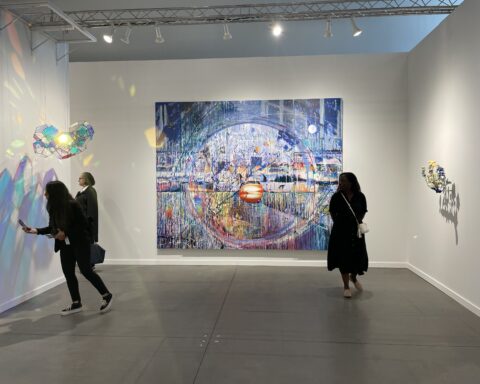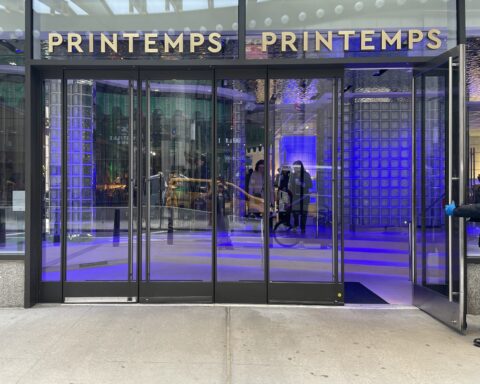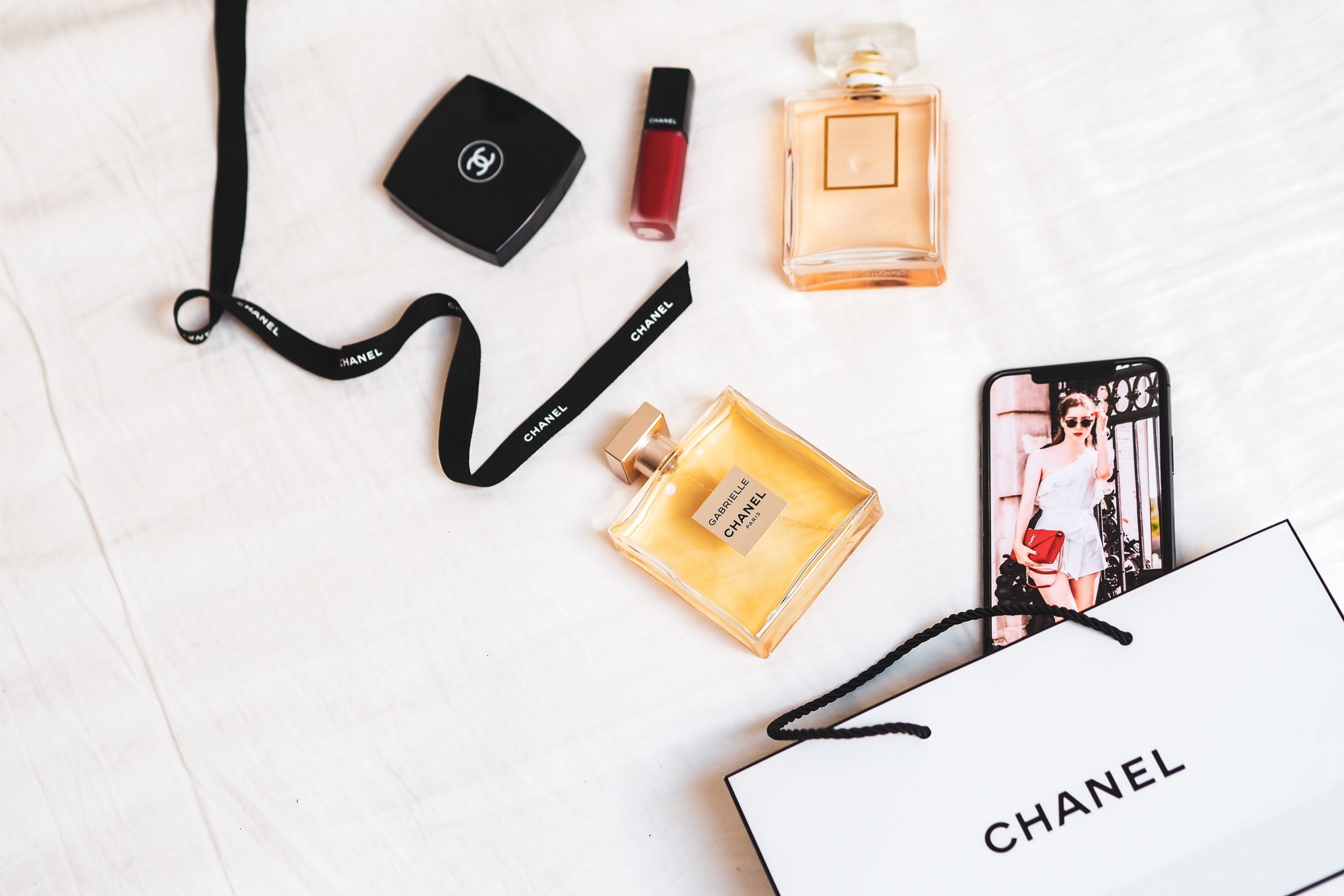
For the next entry in our “Who Is….?” series, we’re going to take the opportunity to celebrate the institution of fashion week. Specifically, New York Fashion Week. We’re going to discuss the woman that made it all possible, and by all, we mean the infrastructure of the modern-day fashion industry.
We’re going to talk about fashion publicist Eleanor Lambert.
Eleanor Lambert, often called the “Empress of Seventh Avenue” for her contributions to New York’s fashion industry, was born on August 10, 1903 in Crawfordsville, Indiana into a Presbyterian family.
Not having much wealth growing up, she paid for her educational fees to attend the John Herron Art Institute – where she studied sculpture – by cooking and making picnic baskets for boys at a local college. During this time, she met her first husband, architect Willis Conner, while also working independently for the Indianapolis Star and the Fort Wayne Journal Gazette.
They eloped and went to Illinois, where they were briefly students at the Art Institute of Chicago. Perhaps having gotten tired of being in Chicago, the young couple moved to New York in 1925 and started off living in an apartment in Astoria, Queens while Eleanor worked two jobs
One of her jobs was at a fashion newsletter named Breath of the Avenue, and the other was designing covers for book publicist Franklin Spear.
Eleanor had a couple of jobs after this. She worked at a Manhattan ad agency, and was the first press director of the Whitney Museum. Additionally, she helped to found the Museum of Modern Art (MoMA) and the Art Dealers Association of America.
As a publicist, she represented artists such as Salvador Dali, Isamu Noguchi, and Jackson Pollock. She took on her first fashion design client – Annette Simpson – in 1932, thus becoming the first-ever fashion publicist. Eleanor believed that fashion is an art, so she decided to start focusing her energies primarily on fashion promotion.
In building up the foundations of New York’s fashion industry as we know it, she had a lot of help from one dominant event of the era: WWII. New York was able to ascend to the top of the fashion industry because Europe’s industries were heavily affected by the war.
With her first marriage having ended in divorce, Eleanor married her second husband Seymour Berkson – a journalist and newspaper executive – in 1936; he passed away in 1959.
During the 1940s, she was brought onboard to oversee the administration and publicity activities of the Coty Awards. Within this same period, she became the press director of the New York Dress Institute. It was in this position that she introduced the idea of fashion weeks, held twice a year in New York. The Dress Institute was tasked with naming their most talented designers, who were then subsequently called the “Couture Group”. And, Eleanor insisted on being able to use designers’ names in the creation of New York Fashion Press Week, the predecessor of New York Fashion Week.
Lambert also founded the International Best Dressed List, was involved in the creation of the Met Costume Institute, and the Council of Fashion Designers of America, or the CFDA. The CFDA was founded in 1962, with Eleanor having created the CFDA charter to be based on that of the American Institute of Architects (AIA). She remained an honorary member of the CFDA until her death.
Throughout the 1950 and 1960s, Eleanor was asked by the US Department of State to show American fashion for the first time in Russia, Germany, Italy, Australia, Japan, the UK, and Switzerland.
She campaigned to have fashion included as an art form in 1965 testifying for the Special Subcommittee on the Arts of the Committee on Labor and Public Welfare on Oct. 31, 1963. The National Foundation on the Arts and Humanities Act of 1965 passed, and she was appointed by US President Lyndon B. Johnson to serve on the first-ever National Council of the Arts, a division of the National Endowment of the Arts. On Feb. 29, 1968, she produced the first fashion show at the White House, hosted by Lady Bird Johnson, the First Lady at the time.
In 1973, she produced a charity fashion show in Paris whose purpose was to provide funds for the restoration of the Palace of Versailles; this fashion show became colloquially known as the “Battle of Versailles”. The fact that the chosen designers (Anne Klein, Oscar de la Renta, Bill Blass, Stephen Burrows, and Halston) stole the spotlight from the Parisian couture designers went a long way toward enhancing the reputation of the American fashion industry.
To honor her hard work in building American fashion, the CFDA awarded her with two awards: she received the CFDA Lifetime Achievement Award in 1988 and the CFDA Industry Tribute Award in 1993. In 2001, the CFDA created an award which the organization named after her, the Eleanor Lambert Award, whose purpose is honoring an individual who has made a “unique contribution to the world of fashion, and/or deserves the industry’s special recognition”.
A year before her death, she gifted the International Best Dressed List to four of her favorite Vanity Fair editors in 2002.
Eleanor Lambert passed away on October 7, 2003 at age 100 at home on the Upper East Side. She worked until she died because she loved what she did.
To learn more about Eleanor’s life and career, head over to The Manic Metallic Podcast where we’ve released our newest “Who Is….?” episode discussing her in more detail. The podcast is available currently on Spotify, Apple Podcasts, Amazon Music, Google Podcasts, iHeartRadio, RadioPublic, and Stitcher.
To subscribe to Manic Metallic‘s Substack newsletter, click here. To follow us on Bluesky, click here.




